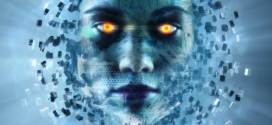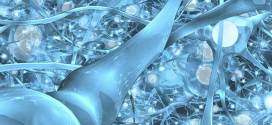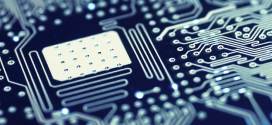Artificial neural networks are, in the simplest sense, the electronic reproduction of modeled biological neural networks. The functional aspects and structure of the biological models are reproduced in a manner that allows programs to recreate some of the unique aspects of the way human brains think and solve problems. There are many different ways to model an ANN; although, all …
Read More »Neural Networks
Biological Neural Networks (Part Five of Ten)
A biological neural network is, by definition, any group of neurons which perform a specific physiological function. Included in that definition are all the associated parts that make up the network, such as the neurons themselves and the various connections involved. Neurons need not be physically connected to each other in order to make up a network. Often, several groups …
Read More »Neural Networks at a Glance (Part Four of Ten)
A seemingly logical step in the development of artificial life, neural networks have been studied for more than 60 years. By modeling programs after the way that human brains actually work, there is a possibility to replicate the unknown factor that makes humans sentient, intelligent beings. Neural networks have become increasingly popular in the world of AI development for their …
Read More »The Technology of AI Development (Three of Ten)
There are two main schools of thought in regards to the technological processes in creating artificial intelligence: the symbolic approach and the sub-symbolic approach. These two camps are very similar in belief to those who differ on the requirements of determining a human-level intellect. The symbolic adherents attempt to recreate the processes of the mind using a psychological replication – …
Read More » Mind Gem
Mind Gem



